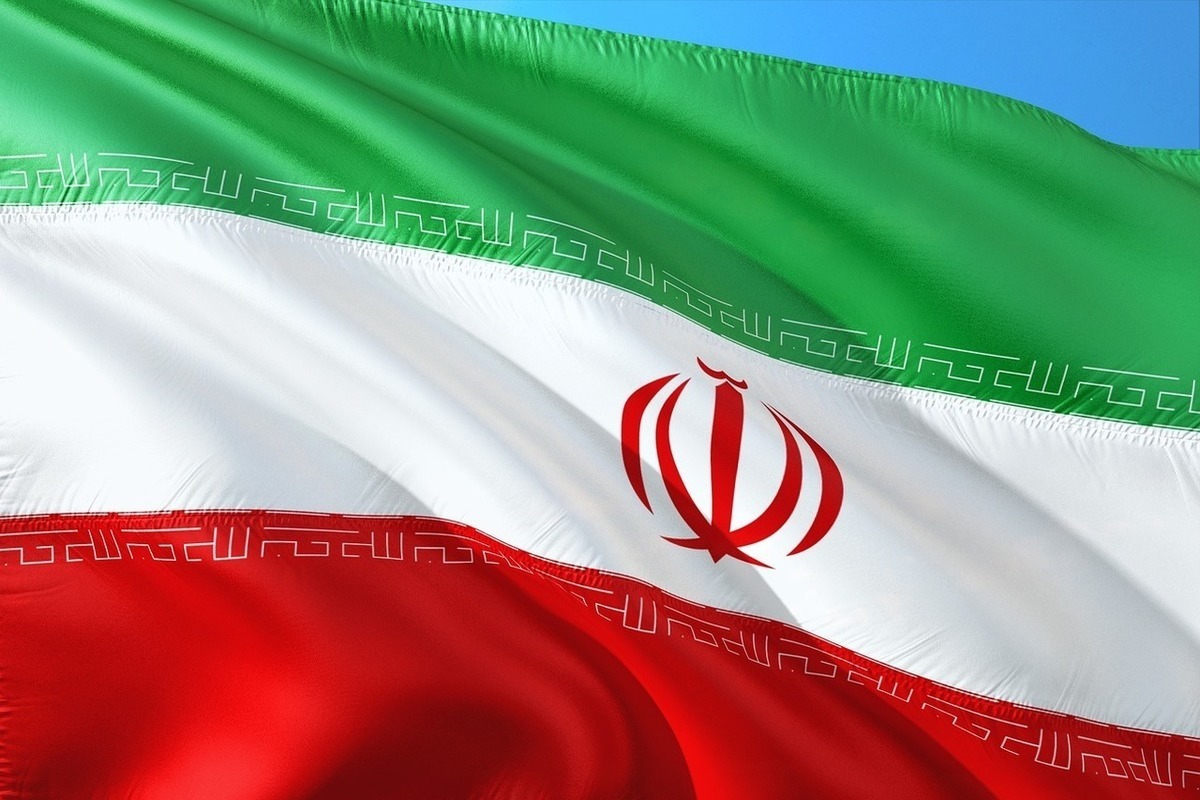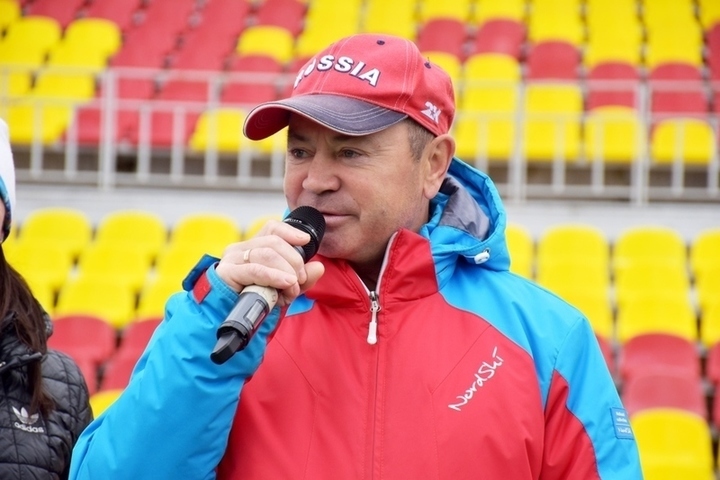For the first time in history, Russia has deployed a constellation of three meteorological satellites into orbit.
For the first time in the history of Russian cosmonautics, Russia has deployed a full constellation of hydrometeorological satellites in geostationary orbit. In orbit, after passing the necessary tests, the fourth Elektro-L spacecraft in the series began to be used, reported at Roscosmos.
Created at the enterprises of Roskosmos, the Electro-L apparatus No. 4 was launched on February 5. He is operating at 165.8° East. In addition to it, Electro-L No. 2 (launched in December 2015) and Electro-L No. 3 (launched in December 2019) are in orbit.
As clarified in Roskosmos, the Elektro-L satellites provide multispectral imaging of the entire observed surface of the Earth in the visible and infrared ranges with a frequency of up to 15 minutes. “Thanks to the round-the-clock transmission from orbit of high-quality multispectral images, global issues of climate monitoring are solved, the state of the seas and oceans is analyzed, the efficiency of weather forecasts is increased, and emergency information is issued when emergencies are detected,” the message says.
In addition, Elektro-L devices relay signals from emergency beacons of the Cospas-Sarsat international satellite search and rescue system, which makes it possible to increase the response of search and rescue services to distress signals.
In 2023 Roscosmos plans to launch eight more satellites designed to observe the earth's surface. We are talking about the following spacecraft: "Kondor-FKA" No. 1, "Obzor-R" No. 1, "Resurs-P" No. 4, two Meteor-M devices - No. 2.3 and No. 2.4, two satellites "Ionosphere" - No. 1 and No. 2 - and Arktika-M No. 2.








